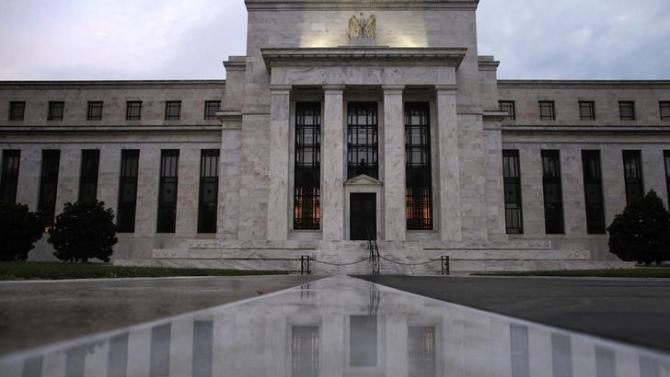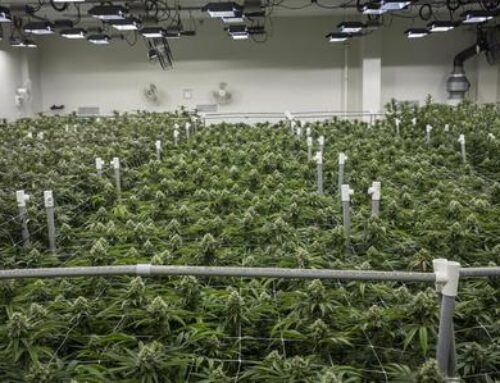Stock buyback zeal undimmed by prospects for fed rate hike
April 10, 2015
Stock By
By Rodrigo Campos
NEW YORK (Reuters) – The seemingly insatiable appetite of companies for their own stock is unlikely to be satisfied soon, even if the U.S. Federal Reserve begins to hike benchmark interest rates and shares get pricier.
That would extend a pattern established in the last round of Fed tightening, according to a Reuters analysis of historical data. Many market analysts expect that higher borrowing costs won’t derail the buyback boom that has been bolstering stocks.
Buybacks may lift earnings per share of companies in the Standard & Poor’s 500 index by between 1.5 and 2 percentage points this year, according to estimates from Voya Investment Management in New York. With earnings estimates now calling for 1.5 percent growth for all of 2015, buybacks could make the difference between positive and negative growth in S&P 500 EPS.
Companies have ramped up stock repurchases since the practice bottomed for this cycle in 2009. Buybacks reduce the number of stocks in circulation, thereby boosting prices and calculated earnings per share.
General Electric Co. said today it plans to buy back as much as $50 billion of its stock, the second largest ever after Apple’s $90 billion plan. GE shares rose about 7 percent in morning trading on the New York Stock Exchange.
In 2014, while the S&P 500 rose to record highs, component companies spent $553 billion on share repurchases, according to S&P Dow Jones Indices data – a 16.3 percent increase from the previous year and four times as much as they did in 2009.
The buyback spree has accelerated this year. Pending and completed buybacks at all U.S.-based traded companies in the first quarter rose to $179.7 billion compared with $124.2 billion in the first quarter of 2014, up almost 45 percent, Thomson Reuters data show.
“Corporate management wants to do this trade,” said Paul Zemsky, chief investment officer, Multi-Asset Strategies and Solutions at Voya Investment Management. “It’s being rewarded by the market, and it’s cheap to do.”
The S&P 500 buyback index (.SPBUYUP), which includes the top 100 stocks with the highest buyback ratios in the benchmark, has outperformed the S&P 500 (.SPX) for seven years in a row.
With low expectations for first quarter earnings just starting to come in now, buybacks are an effective and inexpensive way for companies to bolster their numbers, Zemsky said.
As the Fed begins to raise short-term rates – something now not expected until September- companies that borrow money to buy their own shares will likely have to pay more. Still, even several rounds of rate hikes may still leave borrowing to buy back shares a profitable strategy.
In aggregate, S&P 500 companies would earn back almost 6 percent of their investment in repurchases in the following 12 months, as calculated by the earnings yield. On the other hand, companies in good credit standing can now borrow money for 2.9 percent on average. Given those rates, it may be cost-efficient to issue debt to buy their own shares for some time to come.
Companies intensified both bond issuance and buyback activity as rates rose during the tightening cycle that started in 2004. Back then, as the effective federal funds rate rose from about 1 percent in the first half of 2004 to an average of 3.21 percent in 2005, 4.97 percent in 2006 and 5.26 percent in the first half of in 2007, S&P 500 buybacks rose from $197.5 billion in 2004, to $349.2 billion in 2005, $431.8 billion in 2006 and $589.1 billion in 2007.
Today, the fed funds effective rate stands at 0.12 percent and Fed policymakers estimate it will be about 0.625 percent at the end of 2015, down from 1.125 percent in the previous forecast.
A small initial increase in the cost of funding “probably isn’t going to matter that much to a lot of businesses, especially if they are going to do it for share buybacks,” said Brian Jacobsen, chief portfolio strategist at Wells Fargo Funds Management in Menomonee Falls, Wisconsin. “But it could signal to companies that they better start acting now.”
Companies do seem to be stepping ahead of the Fed, with investment grade corporate bond issuance up 87 percent in the first three months of this year to $345.6 billion, compared with $185 billion in the first quarter of 2014, according to data from the Securities Industry and Financial Markets Association.
“It could play out that companies could continue to make buybacks throughout a good chunk of the tightening cycle,” said Brian Reynolds, chief market strategist at Rosenblatt Securities in New York.
(Reporting by Rodrigo Campos; editing by Linda Stern and John Pickering)
Search
RECENT PRESS RELEASES
Related Post






